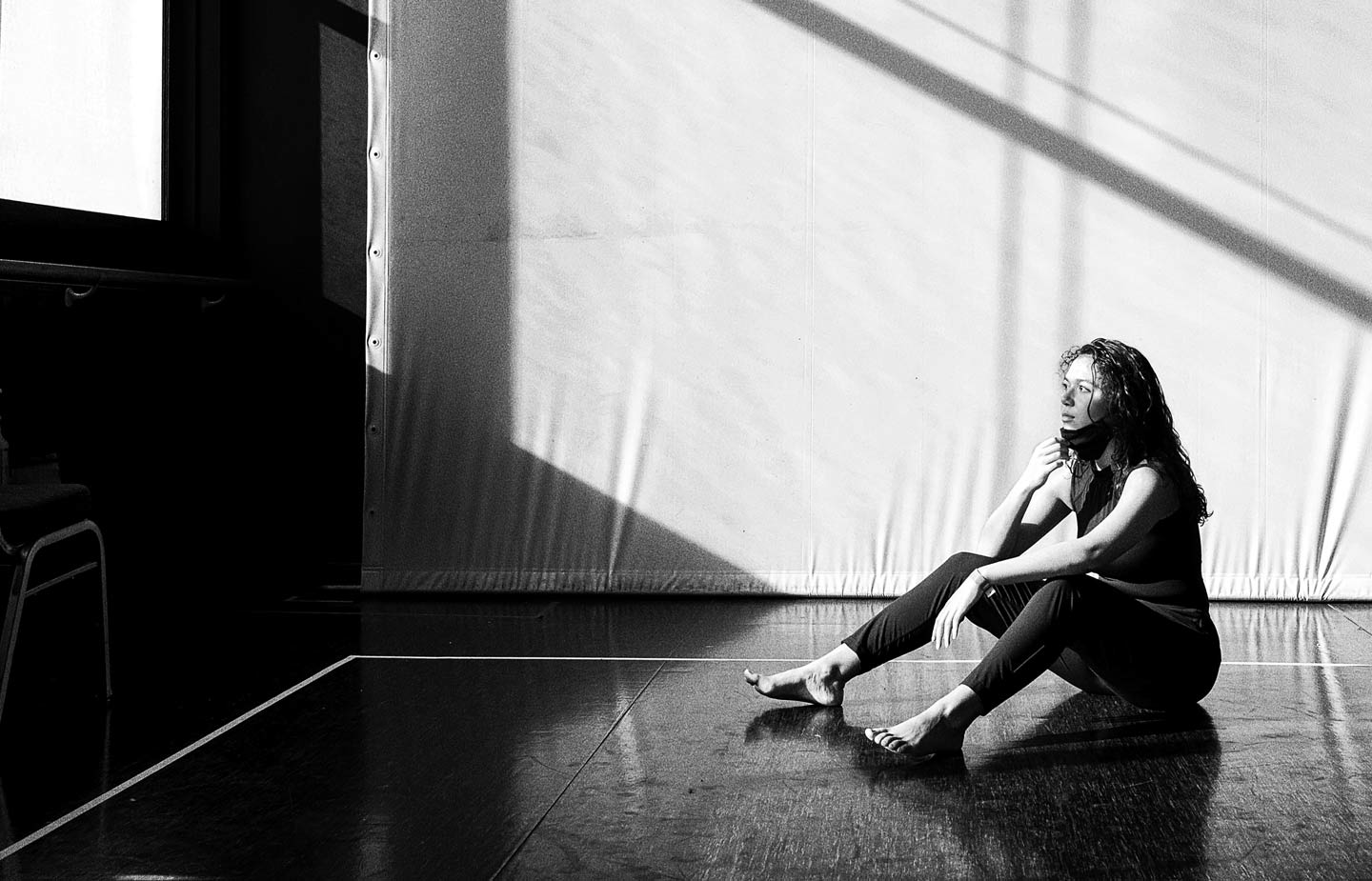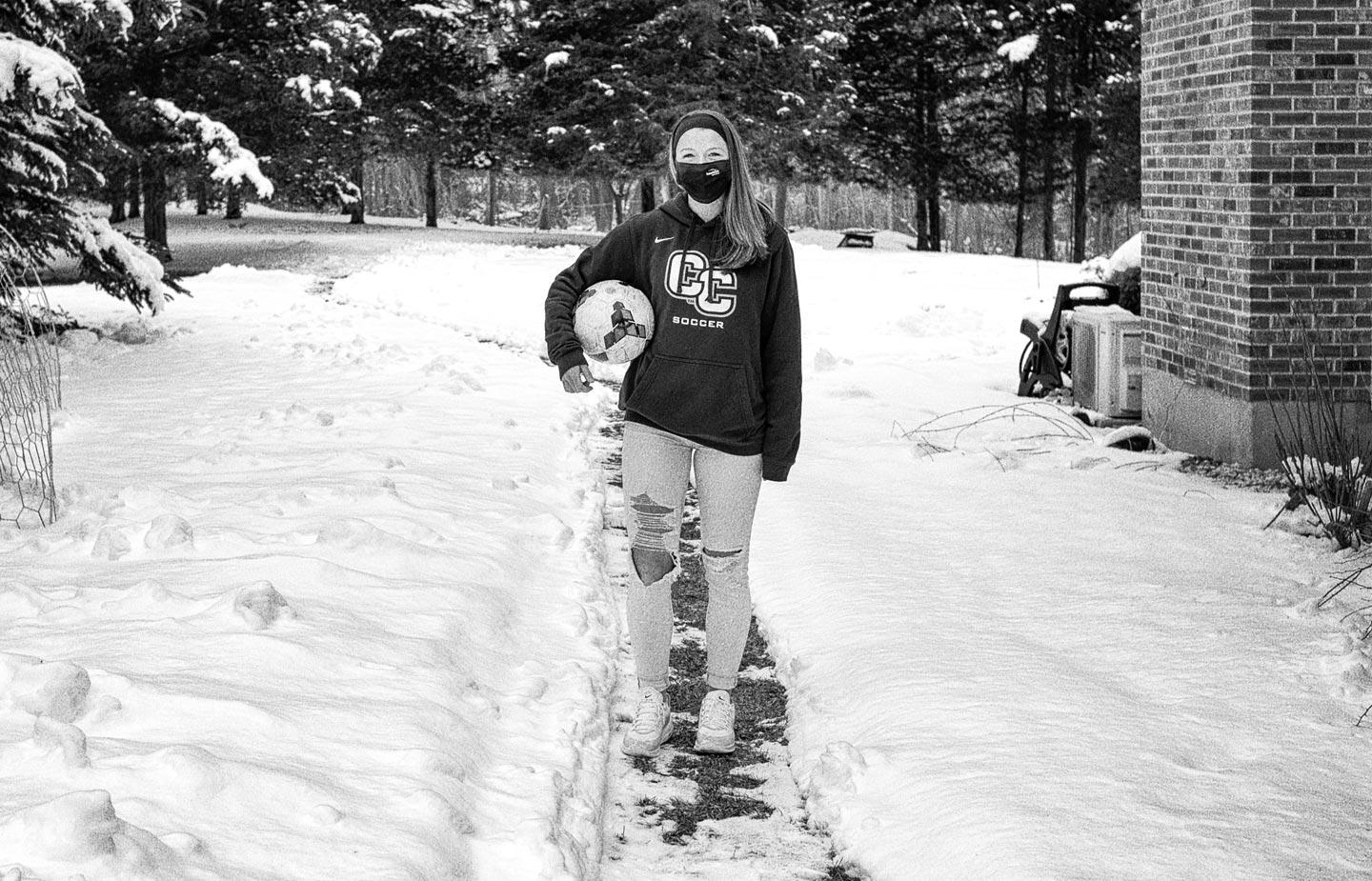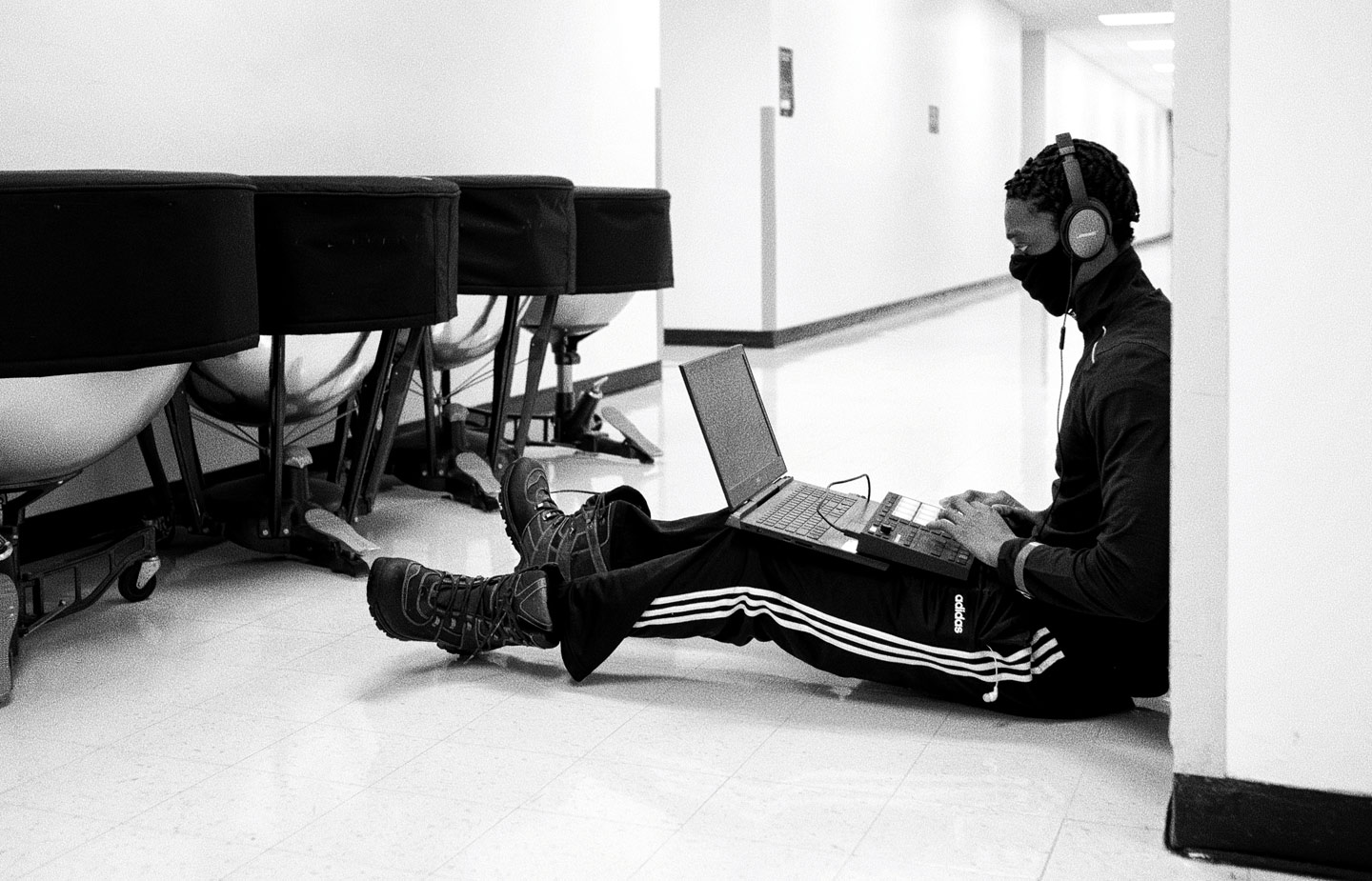Disrupted. Not Deferred
The dancing lasted until four o’clock in the morning.
At the senior promenade, held on the Mohican Hotel roof, students sang “in the most organdie dresses, ruffled pantalettes, and maline picture hats,” wrote E. Williams ’20.
“There was no rain, and no one mentioned a quarantine.”
Williams published those words July 8, 1919, in “Connecticut College News,” the student newspaper, one of many issues tucked away in the Linda Lear Center for Special Collections and Archives. Williams and classmates went to school during the Spanish Influenza pandemic, a time when swabs (of the throat) were conducted on campus; students studied through quarantines; and—because outside gatherings were considered safe—the 1919 senior dance took place on the rooftop at the Mohican Hotel rather than in Conn’s gymnasium, according to Williams.
More than 100 years later, Conn students swab their noses at the Athletic Center. Outside gatherings are still considered safer than indoor gatherings. And students continue to dance—the floors of Conn’s studios are, in fact, taped off in squares to ensure social distancing during classes, while spaces between squares create walking pathways through the studios.
It’s in Meyers Studio where Journee Hardaway ’21, a dance and sociology double major, pauses for a breather (above). Despite the pandemic, Hardaway persevered during the fall semester, turning her virtual internship in dance administration into what will be, post commencement, a job with a dance company.
“Everyone felt they were navigating new waters during the fall semester,” said Hardaway. “So much was undetermined at the start, but we had to quickly adapt to this COVID reality and figure things out as we went along.”
Hardaway experienced unexpected artistic growth, and began creating art in new, virtual ways. She became more introspective, but hopes to “someday soon be sharing physical space” with other dancers.
To protect the health and safety of students, the College required robust quarantine measures for the first few weeks of fall 2020 (and again, this spring), implemented mask mandates, reconfigured classrooms, reimagined the student dining experience, held live theater—outside—altered athletics, conducted more than 50,000 COVID-19 tests with a positivity rate of 0.23 percent (as of this writing), published a dashboard on Conn’s website to track negative and positive cases, and by mid-October had shifted campus operations from alert-level red, to orange, to yellow, to green, the level with the fewest restrictions.
To document our moment, as Williams did in 1919, and to inform future Conn students about what life was like on campus during the COVID-19 pandemic, CC Magazine photographed four students, each navigating their own way through this strange semester.



